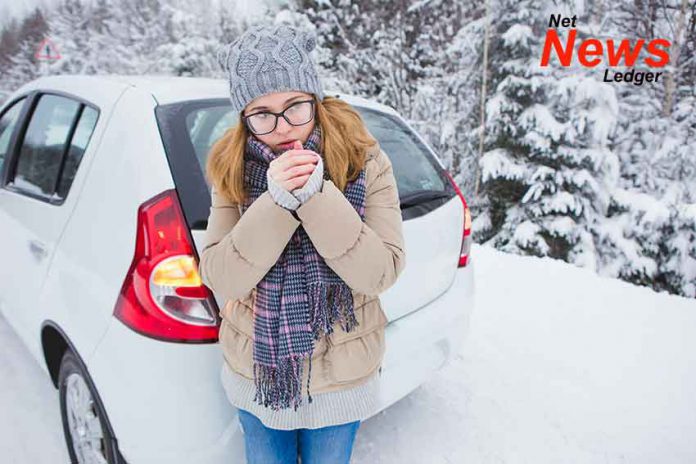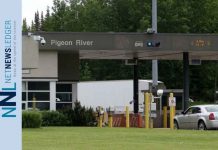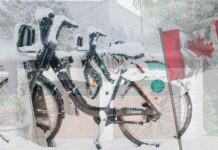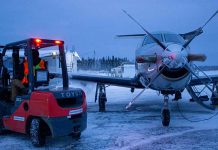THUNDER BAY – Winter weather means making sure that you have the needed tools with you to manage in case you are stranded on the roads.
Making sure you and your passengers arrive safely at your destination is really important. Perhaps the first rule of safe winter travel is to make an informed decision before you depart. Check the weather forecast and road conditions before you leave home.
Are the road and weather conditions going to allow a safe trip? Is your vehicle up for the rigours of winter travel? Do you have the neccesary equipment to make sure you can survive if you are stranded?
Winter Travel
The best safety precaution during severe weather conditions is to avoid traveling. However, if you must drive, be prepared.
- Tune up your vehicle and keep the tank full of gas.
- Plan your trips in advance and drive well-traveled roads.
- Tell family and friends of your route, departure, and arrival times.
- Listen to the radio for weather updates.
- If driving conditions become serious, turn back or stop at the side of the road.
- Carry a WINTER SURVIVAL KIT (see below).
Things to do if you are stranded
- Park completely off the traveled portion of the road.
- Set out warning lights or flares.
- Turn on 4-way flashers.
- Stay in the vehicle and keep dry.
- Run the engine sparingly for heat.
- Keep the exhaust pipe clear of snow.
- Avoid long exposure and over-exertion — shovelling in bitter cold can kill.
- Use a candle in a metal coffee tin for heat.
- Keep fresh air in the vehicle by partially opening a sheltered window.
- Exercise in the vehicle by vigorously moving your legs, arms and hands.
- Wear a hat as you can lose up to 60% of body heat through your head.
- Do not let all occupants sleep at the same time.
- Keep watch for searchers and other traffic.
Winter survival kit
- Ice scraper and brush
- Flashlight and extra batteries
- Booster cables
- Shovel and tow rope
- Flares or other signal aids
- Sand or kitty litter
- Candles and a metal coffee tin
- Matches/lighter (in a waterproof bag)
- Blankets/warm clothing
- Granola bars, candy, sugar cubes
- First aid kit
- Compass
- Hatchet or axe
- Cellular phone and battery packs.
- Methyl hydrate (fuel line de-icing)
If you take the time to be prepared, if there is a problem you will be able to handle it far easier than if you don’t have the needed tools.
That old adage an ounce of prevention is worth a pound of cure might not translate easily to the metric system but it still makes sense.







